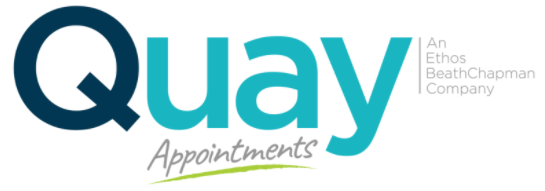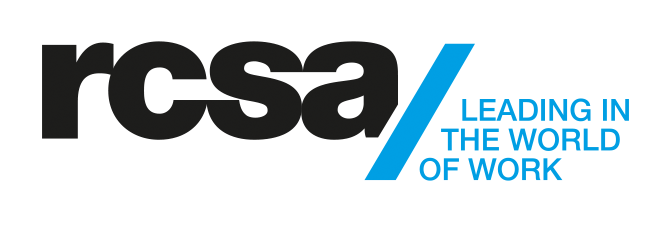Former “generous extras” now an expectation: Report
Note – This article is from the website www.hrdaily.com.au
Here is a link to the article is here
Providing certain “perks” – like parental leave, L&D opportunities and flexible work – is unlikely to improve an organisation’s engagement levels because employees now expect them as the norm, according to a new report.
The law of diminishing returns sets in quickly with many activities that employers believe contribute to their engagement scores, says the Employee Engagement Capabilities Report 2012, from RedBalloon and coaching firm AltusQ.
“What was once a generous extra for an employee quickly becomes an expectation and stops to deliver ever-increasing engagement returns that perhaps the investment requires,” it says.
Nonetheless, organisations that fail to include these offerings as part of their engagement mix “stand little chance of breaking past average levels of engagement”.
The “core” tools for improving engagement, according to the report, are:
- training and development programs;
- recognition programs;
- non-cash rewards and incentives;
- parental leave;
- time off for study; and
- flexible working arrangements.
Organisations that don’t invest in training and development are highly unlikely to have employee engagement scores over 40 per cent, the report says.
But while the last three initiatives have little effect on engagement levels, not investing in them or taking them away, “would definitely have a negative effect”.
The research involved more than 900 organisations in Australia and New Zealand, assessing their engagement efforts and results in terms of activities, investment and capability. (Read our previous article on “engagement capability” here.
It found the engagement activities that make the biggest difference are:
- time off for volunteering;
- coaching;
- buddy programs; and
- company lunches and nights out.
“It’s interesting to note that these activities are often the cheapest to deliver from a dollar perspective but the most time-consuming to manage and set up. Specifically, the combination of coaching and buddying in an organisation results in an 82 per cent chance of having an engagement score of 80 per cent or higher.”
Ideal spend
An investment of somewhere between $2000 and $3000 per year per employee will result in the highest likelihood of obtaining optimal engagement levels (80%+), the study found.
(Some 73 per cent of organisations with engagement scores above 80 per cent spend at least $2000 per employee on engagement programs.)
“In fact there is a 59 per cent chance that you’d achieve an 80-per-cent-plus engagement score if you invest $2000-3000,” it says.
But increasing spend on engagement activities “only delivers to a point”.
“Investing more than $3000 a year only gives you a 29 per cent chance of achieving an 80-per-cent-plus score and a 50 per cent chance of a 60-80 per cent score,” the report says.
Closing the gap
The biggest gaps between the skills of the most engaged organisations, and those scoring 40-60 per cent, are in the capabilities of expectation management, communication, effective meetings, managing capacity and workload, and coaching.
For organisations scoring less than 40 per cent, the biggest opportunities for improvement lie in increasing their capability in the areas of brand, expectation management, coaching, reward and recognition, and effective meetings.
For the second year running, the study found culture is the biggest predictor of a high engagement score. Organisations with highly engaged workers have the highest capability scores in this area, meaning they “manage and bring alive” what is important to people in the business and what guides their behaviour.
Further, the highly engaged organisations were up to 20 times as likely to see increases or improvements in customer satisfaction, attraction of key talent, productivity, turnover and profit, than those with engagement scores under 60 per cent.
Note – This article is from the website www.hrdaily.com.au











